Reality to Justice Graphic: Our Take
Infographics are helpful to communicate complex ideas because so often the complexity of an idea can be a barrier to our learning and understanding. Images or infographics, like language, are imperfect—they cannot completely capture everything that we’d like them to. Still, and especially when it comes to learning, they offer us an opportunity to engage in thoughtful reflection.
The evolution of the original meme and graphic above, first created by Craig Froehle, is a very interesting one to explore. In 2016, four years after creating what he calls an “accidental meme”, he reflected on the evolution of his original image.
We’d seen a variation of Craig’s image, one focused more on the difference between equality and equity, a few years after he created it and incorporated it into some of our own early content. However, we always found it just a bit lacking, for a variety of reasons. Others must have felt the same way because there are literally dozens of different takes on this graphic, each pleasant, playful, and fun in its own way.
This one is the version that we settled on and used in our own content for some time to introduce leaders to conversations around these four complex topics. And still, there were some things that participants asked questions about that made us wish we had our own version of the graphic.
“Are they watching the ‘World’ Series—Isn’t that US-centric? We don’t play baseball here”.
“Is this graphic suggesting that we’ve achieved equality? To be honest, our reality feels far from equality.”
“Why is each person standing? Where are those who are differently abled?”
“Why do they all have the same skin color?”
This last point made us realize something that Heidi Sohn summarizes very succinctly in her own reflection on this graphic’s use as a tool to discuss racial equity. Any variation on this image is suggesting that achieving equity, justice, or liberation will be achieved by addressing biological differences. This is inherently problematic because race, a social construct, is not based in biology. As Heidi points out, “it continues this dangerous narrative that racial equity is ‘helping’ people of color and communities of color because we are inherently and biologically deficient.” Accommodation for physical differences, called differentiation in the academic world, is not the same as the systemic changes that need to be made to achieve racial equity. Another great succinct point from Heidi, “equity is the outcome when race will no longer be a predictor of health, education, income, etc.” Bottomline, eliminate racism to achieve racial equity.
After all this learning, we found ourselves with a few extra hours of work with our favorite graphic designer, Maisha Rahman. We decided that it would be fun to collaborate and create our own version of the graphic that aligned with our brand and incorporated some of the critiques that we’d had of other versions.
Some of the specific and intentional choices we made include:
Represent people of all ages and physical abilities.
Have them watch an event that feels more global than baseball.
Use the same skin tone for each person. Whether we use the same or different skin colors, participants comment on skin color. We chose the same skin color for all the characters because we didn’t want participants to get distracted by making additional assumptions about who was or wasn’t on a box.
Our version is imperfect too and we’re often asked “why doesn’t the justice image have everyone sitting in the audience? They’re all still outside the stadium”. To which we “thoughtfully” answer, 🤷…maybe in our next version.
Some of the other fun options that inspired us!







